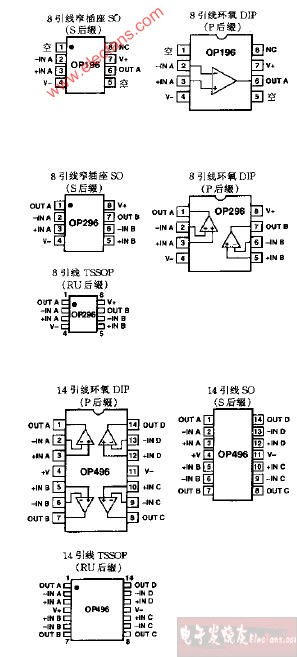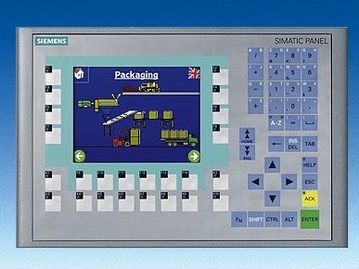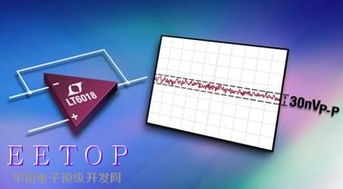Understanding the Integrator Op-Amp: A Comprehensive Guide
The integrator operational amplifier (op-amp) is a fundamental component in analog signal processing. It is widely used in various applications, from audio systems to control circuits. In this article, we will delve into the intricacies of the integrator op-amp, exploring its working principle, design considerations, and practical applications.
How Does an Integrator Op-Amp Work?

An integrator op-amp operates based on the principle of integration, which is the process of finding the area under a curve. In the context of an op-amp, this means that the output voltage is proportional to the integral of the input voltage over time. The basic configuration of an integrator op-amp consists of an op-amp, a resistor, and a capacitor.
When an input voltage is applied to the inverting input of the op-amp, the capacitor charges and discharges, causing the output voltage to change accordingly. The rate of change of the output voltage is directly proportional to the input voltage, and the output voltage is integrated over time.
Design Considerations for Integrator Op-Amps

Designing an integrator op-amp requires careful consideration of several factors to ensure optimal performance. Here are some key design considerations:
| Factor | Description |
|---|---|
| Op-Amp Selection | Choose an op-amp with high input impedance, low output impedance, and low noise to minimize errors and improve accuracy. |
| Resistor and Capacitor Values | Select appropriate resistor and capacitor values to achieve the desired integration time constant and output voltage range. |
| Power Supply | Ensure that the power supply voltage is sufficient to provide the required output voltage swing and to maintain stability. |
| Feedback Network | Design the feedback network to achieve the desired gain and to minimize errors due to component tolerances and temperature variations. |
By carefully considering these design factors, you can create an integrator op-amp that meets your specific requirements.
Practical Applications of Integrator Op-Amps

Integrator op-amps find applications in a wide range of fields. Here are some common examples:
-
Audio Systems: Integrator op-amps are used in audio systems to process signals, such as filtering, amplification, and signal shaping.
-
Control Circuits: They are employed in control circuits to implement feedback loops, which help maintain stability and accuracy in various applications.
-
Signal Processing: Integrator op-amps are used in signal processing applications, such as integrating analog signals, generating ramp signals, and implementing low-pass filters.
-
Instrumentation: They are utilized in instrumentation systems to measure and process signals from sensors, such as temperature, pressure, and flow.
These applications highlight the versatility and importance of integrator op-amps in various engineering disciplines.
Conclusion
In conclusion, the integrator op-amp is a powerful and versatile component with numerous applications in analog signal processing. By understanding its working principle, design considerations, and practical applications, you can effectively utilize this component in your projects. Whether you are designing an audio system, control circuit, or signal processing application, the integrator op-amp is a valuable tool to have in your arsenal.





